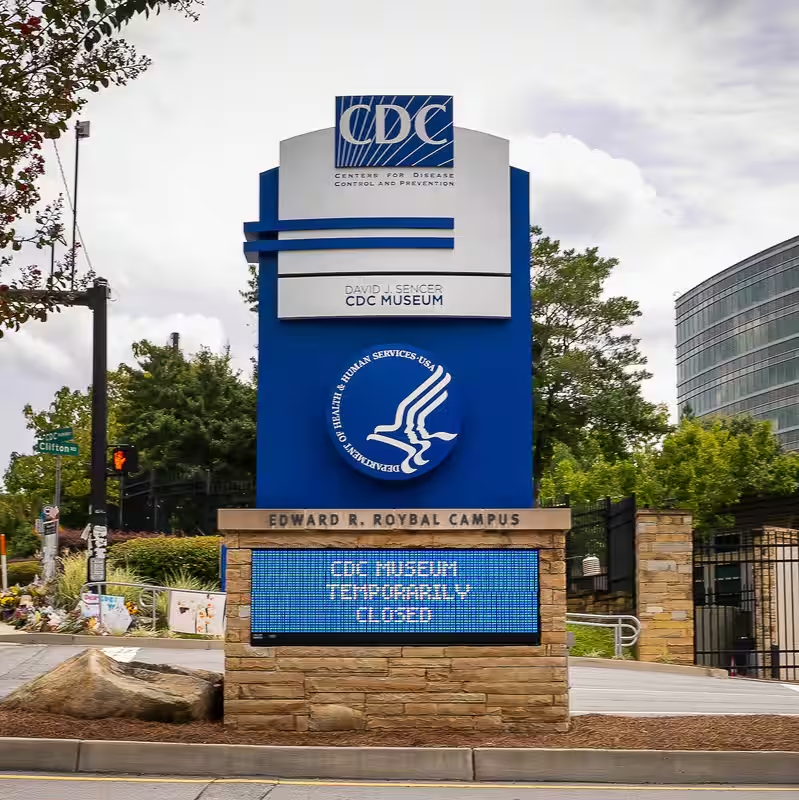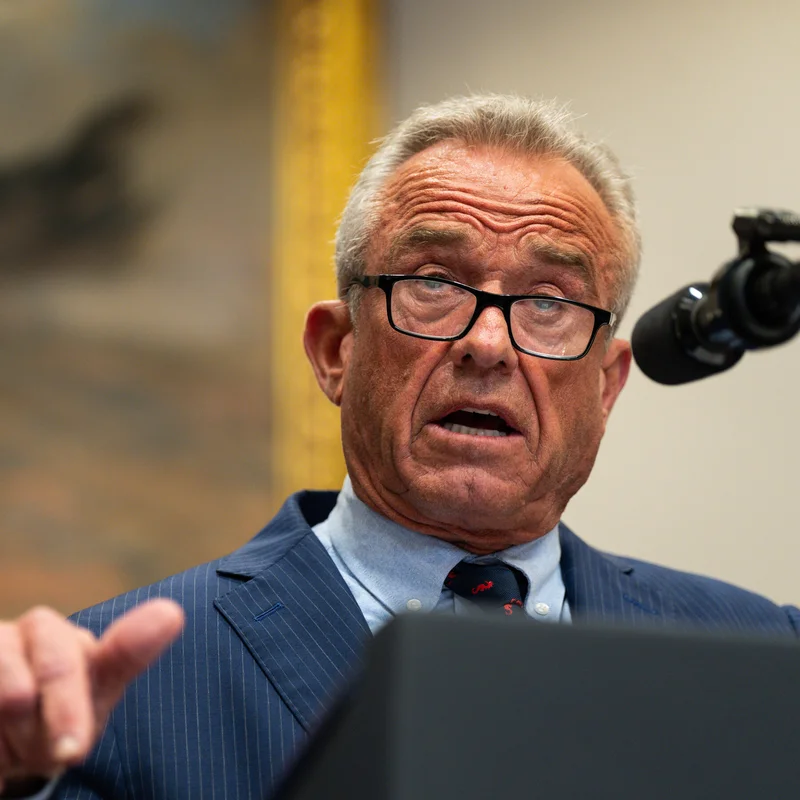Table of Contents
- Sudden Cuts Hit CDC’s Core Functions
- Who Was Affected—and Why It Matters
- The Fallout for U.S. Public Health
- Political Reactions and Expert Warnings
- Sources
Sudden Cuts Hit CDC’s Core Functions
On a quiet Friday evening in October 2025, dozens of employees at the Centers for Disease Control and Prevention (CDC) received an unexpected and jarring message: their jobs were being eliminated—effective immediately.
The Trump administration’s latest round of federal workforce reductions didn’t just trim administrative roles. It targeted some of the agency’s most critical personnel: the so-called “disease detectives”—epidemiologists who track outbreaks in real time—and senior scientists who help shape national health policy.
Who Was Affected—and Why It Matters
According to internal communications and employee accounts, the layoffs included:
- Field epidemiologists from the Epidemic Intelligence Service (EIS), often called “disease detectives”
- High-ranking scientific advisors with decades of public health experience
- The entire CDC Washington, D.C. liaison office, which coordinates with Congress and federal agencies
- The editorial and production staff of the Morbidity and Mortality Weekly Report (MMWR), the CDC’s flagship public health journal published since 1878
Key CDC Functions Impacted by Layoffs
| Team Affected | Role | Potential Impact |
|---|---|---|
| Epidemic Intelligence Service | Outbreak investigation & rapid response | Slower detection of disease surges (e.g., flu, novel viruses) |
| Washington Office | Liaison with policymakers | Reduced CDC influence on federal health legislation |
| MMWR Staff | Weekly publication of health data & alerts | Delayed or halted dissemination of critical health findings |
| Senior Scientists | Research, guidance development | Weakened scientific leadership during health emergencies |
“These aren’t just government workers—they’re the people who helped contain Ebola, track Zika, and guide the nation through the last pandemic,” said Dr. Lena Torres, a former CDC advisor now at Johns Hopkins. “Cutting them on a Friday night feels less like efficiency and more like erasure.”
The Fallout for U.S. Public Health
The MMWR, often described as the “voice of the CDC,” has historically published urgent findings on everything from opioid overdoses to vaccine safety. Without its dedicated staff, experts fear a dangerous information gap could emerge—especially with flu season approaching and global disease threats on the rise.
Moreover, the shuttering of the CDC’s D.C. office severs a vital link between science and policy. “When Congress needs data on a new variant or a bioterrorism threat, who do they call now?” asked Senator Tammy Baldwin (D-WI) in a statement Saturday.
Political Reactions and Expert Warnings
The White House has defended the cuts as part of a broader “government streamlining” initiative. A spokesperson said the CDC’s “core mission remains intact” and that remaining staff will “absorb essential duties.”
But public health leaders are skeptical. “You can’t ‘absorb’ decades of field experience overnight,” said Dr. Michael Osterholm, director of the Center for Infectious Disease Research and Policy. “This isn’t trimming fat—it’s amputating limbs.”
Critics also note the timing: the layoffs come just weeks before the 2026 midterm elections, raising concerns that health infrastructure is being deprioritized for political expediency.




